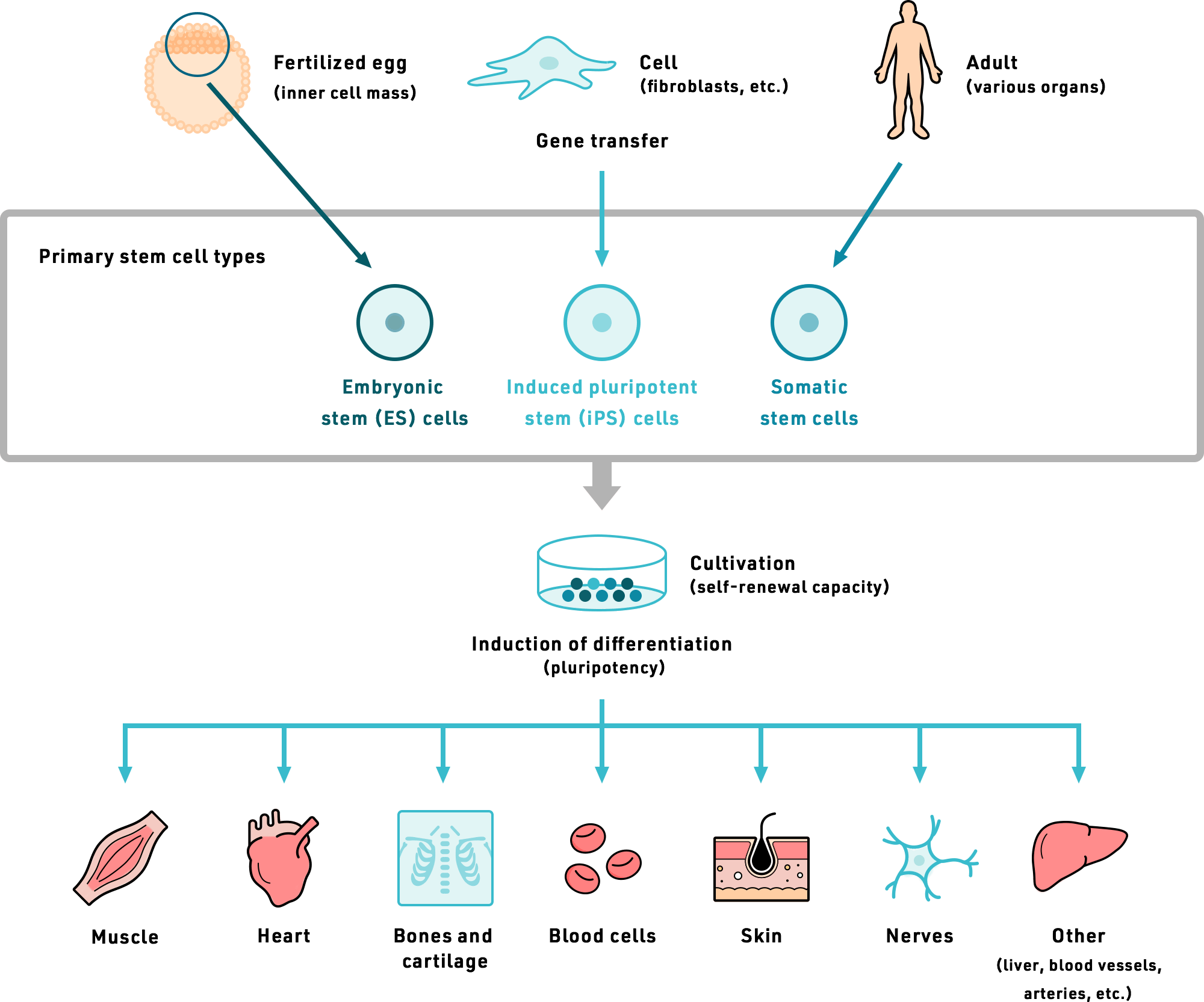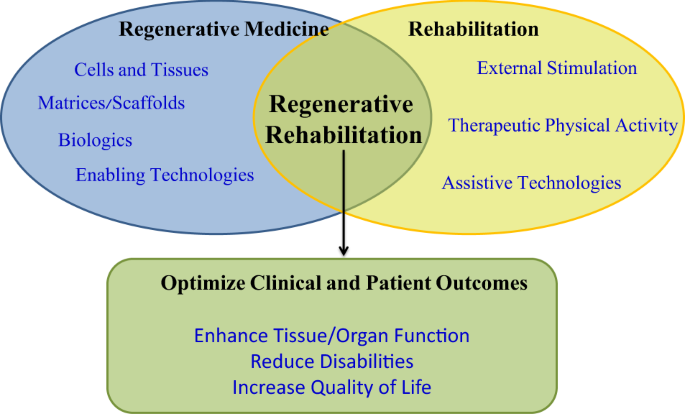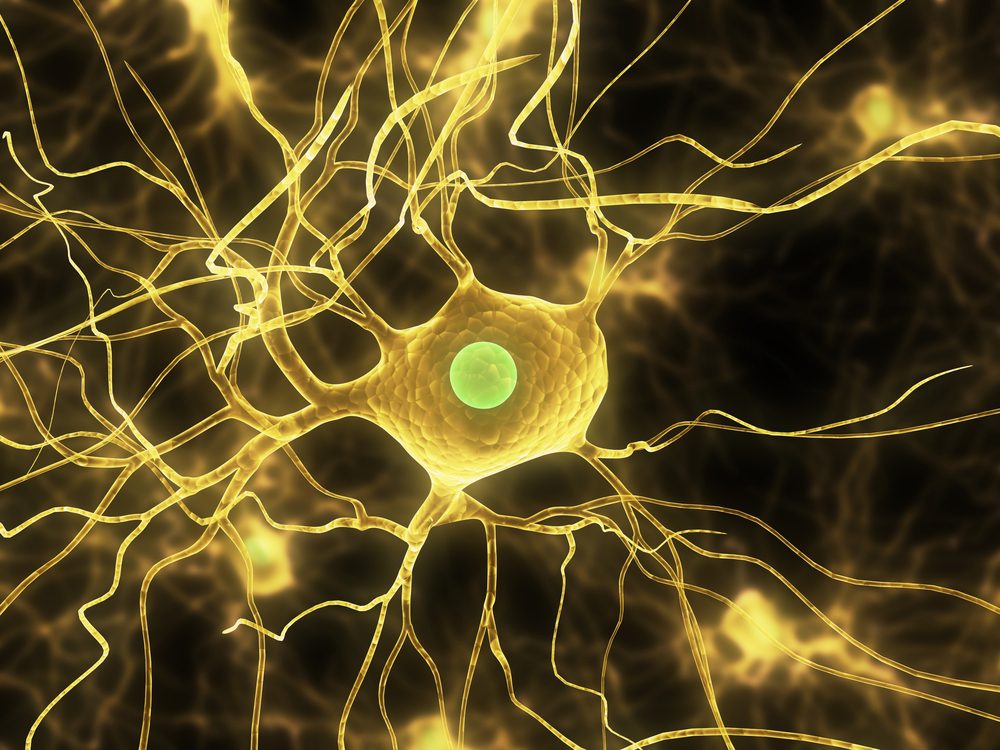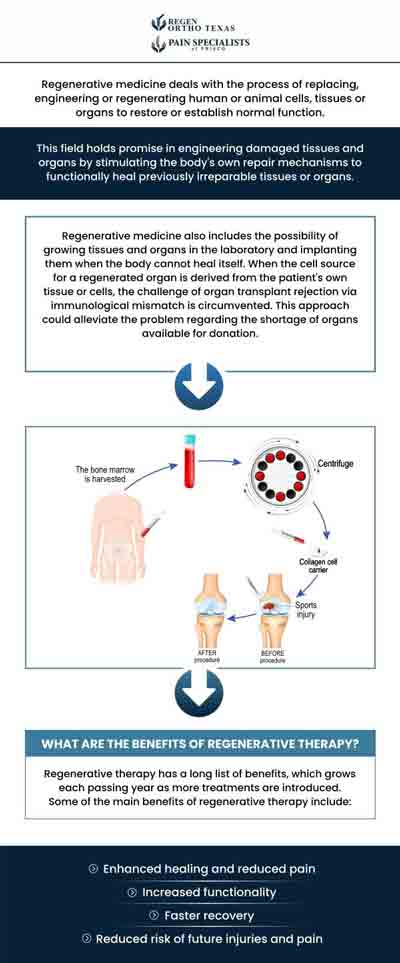
[/image][=video]
[/video]
The majority of sites made use of for bone marrow harvesting are located in the hip bones and the sternum. The treatment happens in the operating area. The contributor will be anesthetized throughout the harvest and will not really feel the needle. In recovery, the benefactor may experience some pain in the areas where the needle was put.

If an autologous transplant is intended, formerly collected stem cells, from either outer (apheresis) or harvest, are counted, screened, and prepared to instill. The prep work for a bone marrow transplant differ depending upon the kind of transplant, the condition requiring transplant, and your resistance for certain medications. Consider the following: Frequently, high doses of radiation treatment and/or radiation are consisted of in the prep work.
Ablative therapy prevents this process of cell production and the marrow comes to be empty. A vacant marrow is needed to make space for the brand-new stem cells to expand and develop a brand-new blood cell manufacturing system.
It is not a medical procedure to place the marrow right into the bone, but resembles receiving a blood transfusion. The stem cells find their means right into the bone marrow and start duplicating and growing brand-new, healthy blood cells. After the transplant, encouraging treatment is provided to avoid and treat infections, side results of treatments, and complications.
Medical Group
The days before transplant are counted as minus days. The day of transplant is thought about day absolutely no. Engraftment and healing following the transplant are counted as plus days.
The days are numbered to aid the person and family members understand where they remain in regards to dangers and discharge planning. During mixture of bone marrow, the individual may experience the following: Pain Chills Fever Hives Breast discomfort After infusion, the patient may: Invest a number of weeks in the healthcare facility Be very vulnerable to infection Experience too much bleeding Required blood transfusions Be constrained to a clean setting Take multiple prescription antibiotics and other medications Be given medication to stop graft-versus-host diseaseif the transplant was allogeneic.
Depending on the kind of transplant and the illness being dealt with, engraftment normally happens around day +15 or +30. Blood matters will be checked typically during the days complying with transplant to evaluate initiation and progression of engraftment. Platelets are usually the last blood cell to recoup. Engraftment can be delayed as a result of infection, medicines, reduced donated stem cell count, or graft failure.
Bacterial infections are the most typical. Viral and fungal infections can be deadly. Any type of infection can cause an extensive health center keep, avoid or delay engraftment, and/or reason irreversible organ damages. Anti-biotics, antifungal medications, and antiviral medications are commonly offered to try to stop serious infection in the immunosuppressed person. Thrombocytopenia (reduced platelets) and anemia (low red blood cells), as an outcome of a nonfunctioning bone marrow, can be harmful and even dangerous.
Liquid overload is a difficulty that can lead to pneumonia, liver damage, and high blood stress. The major reason for fluid overload is since the kidneys can not maintain up with the huge amount of fluid being given in the kind of intravenous (IV) medications, nutrition, and blood products.
Stem Cell Therapy

Respiratory system status is a vital feature that might be compromised during transplant. Infection, inflammation of the airway, liquid overload, graft-versus-host illness, and bleeding are all potential lethal difficulties that might occur in the lungs and pulmonary system. The liver and heart are very important body organs that may be damaged during the transplant procedure.
Failure of the graft (transplant) holding in the marrow is a possible difficulty. Graft failure may take place as an outcome of infection, reoccurring illness, or if the stem cell matter of the donated marrow wanted to create engraftment. Graft-versus-host condition (GVHD) can be a serious and serious complication of a bone marrow transplant.
As opposed to an organ transplant where the client's body immune system will certainly try to deny just the transplanted body organ, in GVHD the brand-new or hair transplanted body immune system can attack the entire client and all of his/her body organs. This is due to the fact that the new cells do not recognize the tissues and organs of the recipient's body as self.

One of the most usual websites for GVHD are GI system, liver, skin, and lungs. Diagnosis significantly relies on the following: Kind of transplant Type and level of the disease being treated Condition response to treatment Genetics Your age and overall wellness Your tolerance of details medicines, treatments, or treatments Seriousness of difficulties Similar to any treatment, in bone marrow transplant the prognosis and lasting survival can differ substantially from one person to another.
Regenerative Therapy servicing East Lansing
Constant follow-up treatment is vital for the client adhering to a bone marrow transplant. New approaches to improve therapy and to lower complications and adverse effects of a bone marrow transplant are continuously being found.
Regenerative medicine therapies can be split into three categories: help with healing by injecting or positioning online cells right into the individual. Examples of mobile therapy consist of PRP and stem cell treatments, which can be made use of to deal with tendinopathy and other sports injuries.
Peripheral nerves, for example, consist of Schwann cells, nerve fibroblasts, and immune cells, each playing a role in nerve regeneration, as talked about below. Stem cell therapy is one of the most thoroughly researched and encouraging branches of cell regeneration treatment. Some cells, such as epithelial cells in the skin or the cellular lining of the gastrointestinal system, have a high turnover rate and can regenerate restore.
Navigation
Latest Posts
Regenerative Therapy in East Lansing
Hormone Therapy local to East Lansing, Michigan
Menopause Therapy